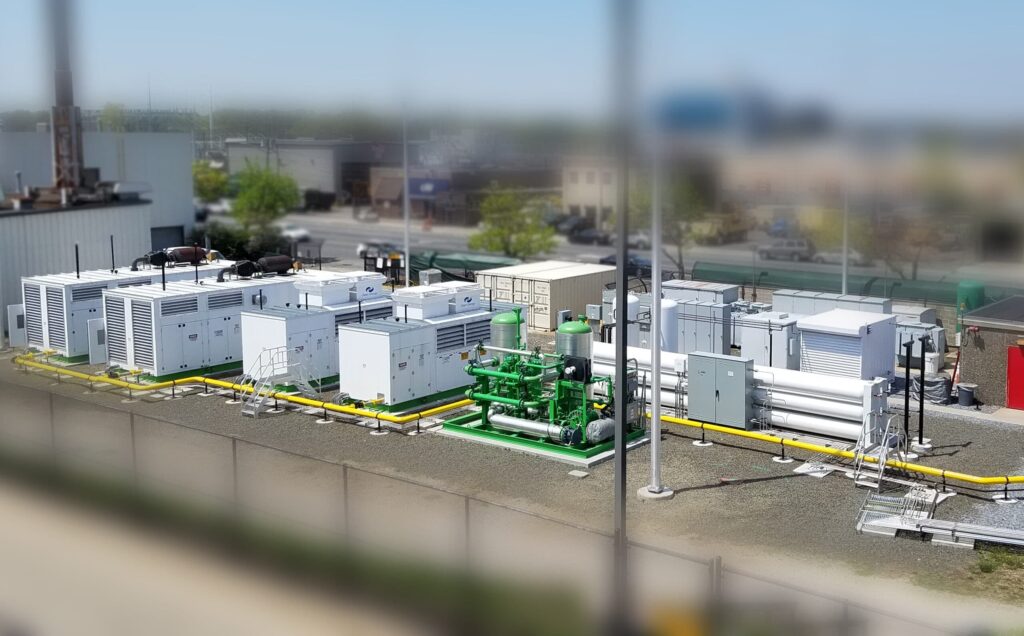Depending on how well you maintain your CNG fueling station, it could either perform well for 50 years or fall apart after 5. The good news is that it’s relatively simple to get the most out of yours, as long as you follow industry best practices and manufacturer’s guidelines for preventative maintenance on your compressors.
The best tool to start with is the compressor manufacturer’s run sheet. It tells you the temperature and pressure expectations for natural gas as it moves between each stage of compression. Any readings outside the normal range indicate when valves, rings, packings, or other components need to be replaced. If you’re tracking these readings consistently—preferably on a daily basis—you’ll be able to notice when maintenance is needed long before a single stage of compression would fail, and certainly before you’d ever expect a catastrophic system failure.
But pressure and temperature aren’t the only measurements to keep an eye on. You also need to know how much oil is entering and exiting your compressor, as most require lubrication in their crankcases and cylinders. If your system functions properly, the cylinder oil is either sent directly to the blowdown tank when the compressor shuts off, or is collected by coalescing filters and then sent to the tank. You should be sure to drain the blowdown tank on a weekly basis. When you do, measure and record how much oil you’re collecting, as well as record its color and consistency. If you’re draining less than you’re putting in, there’s probably a problem with your filters, and any unaccounted-for oil is likely ending up in the vehicles that you’re fueling. A visual inspection of that drained oil will also alert you to potential water contamination.
This is only one of many components of any CNG fueling station that require your periodic review and maintenance. If you have questions about maintaining your station, let us know—or brush up on your knowledge by checking out our CNG Fueling Station Operation and Maintenance Course!

